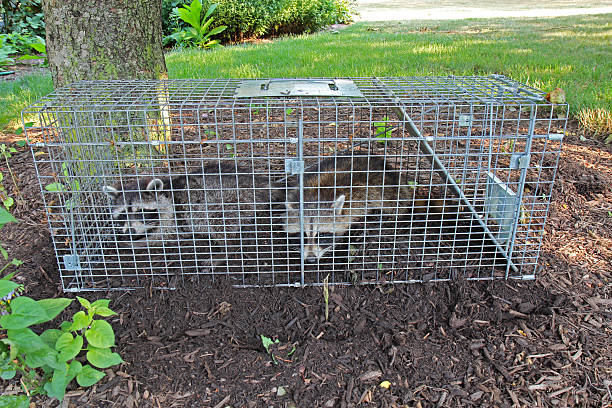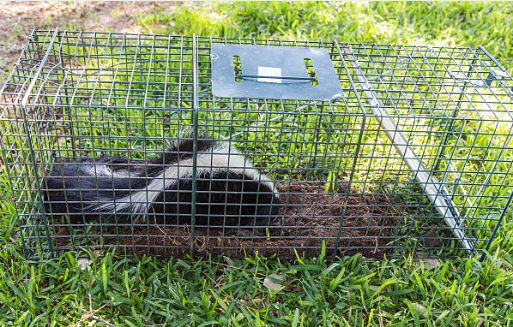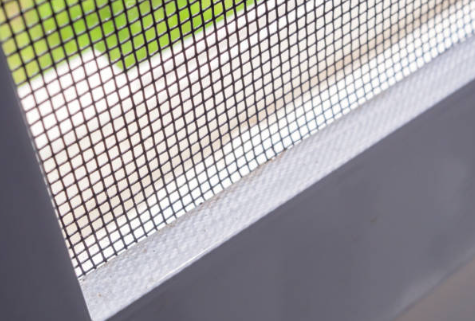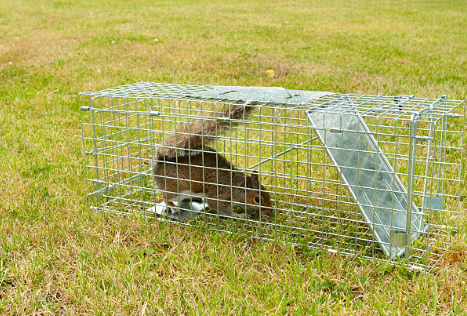Book Licensed Local Wildlife Online – Fast Wildlife in NY | AurketPro
Local Wildlife removal in NY. Book licensed pros online—no quotes, no delays. Transparent pricing & top-rated service. Schedule today!
- H2
Local Wildlife Removal Services in New York
Raccoons, squirrels, bats, groundhogs, skunks & more.
- H3
Fast, Transparent, and Humane Animal Control
- Local Wildlife
- Local Wildlife
- Local Wildlife
- Local Wildlife
- Local Wildlife
- Local Wildlife
- Local Wildlife
- Local Wildlife
- Local Wildlife
- Local Wildlife
- Local Wildlife
- H4
Common Wildlife Problems We Handle
- Local Wildlife
- Local Wildlife
- Local Wildlife
- Local Wildlife
- Local Wildlife
- Local Wildlife
- Local Wildlife
- Local Wildlife
- Local Wildlife
- Local Wildlife
- Local Wildlife
- Search Filters
- Search Filter
- Top Wildlife Services Near You
How buying online works
Skip the calls and quote requests—get your services instantly online.
Browse Local Deals
Discover offers on home services in your area.
Choose Your Service
Select the option that best fits your needs and budget.
Schedule & Relax
Get a call to confirm your appointment, and you're all set!
Are you a local professional?
Get started with a live network and take on real jobs, from real customers for their home or business needs.
See what makes us different from typical marketplaces and home plan websites.
AurketPro
AurketPro is an online marketplace where homeowners can purchase home services directly online, without the need for a subscription.
- Transparent Pricing with Online Purchasing
- User-Rated Local Professionals
- Cashback Incentives
- Simplified Marketplace Experience
Traditional Marketplaces
Customers often rate traditional home service marketplaces poorly due to overwhelming follow-up calls, inconsistent service quality, and a timely requests forms.
- Overwhelming Marketing Calls
- Misleading Listings or Reviews
- Unverified or Unqualified Providers
- Multiple calls for weeks
Home Service Plans
Home service plans are often rated poorly by homeowners due to limited coverage, denied claims, and lack of transparency about what's actually included.
- Limited Coverage for Certain Repairs
- Multiple Plans Needed for Full Service
- Long Wait Times for Service
- Denial of Claims
Local Wildlife Removal Services in New York | Fast, Affordable, Humane Solutions
Introduction: Why Wildlife Removal Matters
If you’re a homeowner in New York dealing with unwanted animals on your property, you know how stressful and disruptive it can be. Whether it’s raccoons in the attic, squirrels in the walls, or skunks under the porch, nuisance wildlife poses serious risks to your home, health, and safety. That’s where AurketPro’s wildlife removal services come in.
Unlike platforms that rely on quotes and callbacks, AurketPro offers a seamless, transparent experience. With instant online booking, up-front pricing, and licensed local professionals, you can get humane animal removal without the hassle. In this guide, we’ll explore the full range of services, benefits, and reasons why thousands of customers in New York trust AurketPro for fast, affordable wildlife control.
What Is Wildlife Removal?
Wildlife removal is the process of safely and humanely relocating wild animals that have entered residential or commercial properties. These animals often include raccoons, bats, squirrels, opossums, skunks, groundhogs, birds, and more. AurketPro’s licensed animal control technicians are trained to identify the species, assess the problem, and implement effective solutions that protect both your property and the animals.
Top Wildlife Problems in New York
New York State’s suburban and urban landscapes are prime habitats for nuisance wildlife. Homeowners often encounter:
● Raccoons
Raccoons are intelligent and persistent animals that often break into attics or garages in search of food or shelter. They can cause extensive property damage and carry diseases like rabies.
● Squirrels
Squirrels may seem harmless, but once they nest in walls or attics, they chew through wiring and insulation, creating fire hazards.
● Bats
Bats can roost in attics and chimneys. While they play an essential ecological role, their droppings (guano) are toxic and must be professionally removed.
● Skunks
Skunks are infamous for their odor, but they also dig up lawns and carry parasites like ticks and fleas.
● Groundhogs
These burrowing animals can damage foundations, decks, and other structures by digging extensive tunnels under buildings.
● Birds & Nests
Some birds build nests in vents or chimneys, leading to blockages and potential fire hazards.
If you’re searching for “wildlife removal near me” or “animal control services in New York,” AurketPro offers specialized local solutions tailored to your specific issue.
Why Choose AurketPro for Wildlife Removal?
1. Instant Online Booking (No Waiting for Quotes)
Most platforms like Angi or Thumbtack require you to submit a request and wait hours or days to get quotes from multiple providers. With AurketPro, the process is instant. Just visit the site, choose your service, see the transparent, upfront pricing, and book your appointment online in seconds.
2. Local, Licensed Professionals
AurketPro works exclusively with vetted, licensed technicians in your area. That means faster response times and deep knowledge of New York wildlife laws and conditions.
3. Humane Wildlife Removal
We prioritize the safe and ethical handling of animals. All removals follow local and federal guidelines for humane treatment and relocation, ensuring minimal harm to the animals and your property.
4. Affordable, Transparent Pricing
AurketPro’s pricing is clear from the start—no hidden fees, no upselling, and no surprise charges. Services start at just $49+, depending on the species and complexity of the issue.
5. Highly Rated by Real Customers
With over 1,500 verified reviews and a 4.7-star average rating, AurketPro is one of the most trusted platforms for home services in New York. Customers regularly praise our fast service, fair prices, and friendly technicians.
Wildlife Removal Services Offered by AurketPro
● Attic Cleanup and Decontamination
After wildlife removal, our technicians offer full attic cleanups including the removal of droppings, insulation replacement, and odor control.
● Entry Point Sealing and Exclusion
Prevention is key. We inspect and seal entry points to keep animals from returning.
● Emergency Wildlife Removal
If you have a wildlife emergency—such as a bat flying through your home or a trapped raccoon—we offer same-day emergency services in select areas.
● Humane Trapping and Relocation
Our team uses cage traps and species-specific removal techniques approved by local wildlife agencies.
Areas We Serve
AurketPro currently provides wildlife control and animal removal services in the following areas:
The Bronx
Manhattan (NYC)
Westchester County
Dutchess County
Orange County
Putnam County
Ulster County
So, whether you’re searching for “raccoon removal Bronx,” “squirrel in attic Westchester,” or “bat in house Dutchess County,” AurketPro has you covered.
SEO Keywords Incorporated Throughout
This article naturally integrates the following high-value SEO keywords to help it rank well in search engines:
wildlife removal near me
local animal control services
humane wildlife removal NY
affordable wildlife removal services
emergency wildlife removal
raccoon removal in New York
squirrel removal NYC
bat removal Westchester
same-day animal removal
pest and wildlife control NY
Step-by-Step: How to Book Wildlife Services Online with AurketPro
Step 1: Visit AurketPro.com
Go to the wildlife services page and select your specific issue (e.g., “raccoon in attic,” “bat removal”).
Step 2: Choose Your Location and Time
Enter your zip code, choose your preferred date and time, and view availability in real-time.
Step 3: Book Instantly
Confirm your service and pay online with confidence. No waiting for callbacks or quotes.
Customer Testimonials
“I had a raccoon tearing through my attic insulation. I booked through AurketPro at 9am and had a licensed tech at my house by 2pm. Fast, easy, and cheaper than Angi.”
— Laura M., Westchester
“I’ve used Thumbtack before, but I hated waiting for quotes. AurketPro let me just book and move on with my day.”
— Darren T., Dutchess County
“The guy who came out was professional, explained everything, and removed a family of squirrels safely. Highly recommend!”
— Sandra V., The Bronx
Final Thoughts: Why AurketPro is New York’s Best Choice for Wildlife Removal
If you’re dealing with a wildlife issue, you don’t have time to wait for quotes, compare ten providers, or guess at pricing. With AurketPro, you get everything you need—fast booking, fair prices, and trusted local pros—all in one place.
We’re not just another directory. We’re a live marketplace for home services, built for the modern homeowner who wants speed, safety, and simplicity.
So whether you’re dealing with a raccoon in the attic, a skunk under the porch, or bats in your chimney—AurketPro is the fastest way to take back your home.
Book your local wildlife removal service now at AurketPro.com/local-wildlife and enjoy peace of mind, today.







